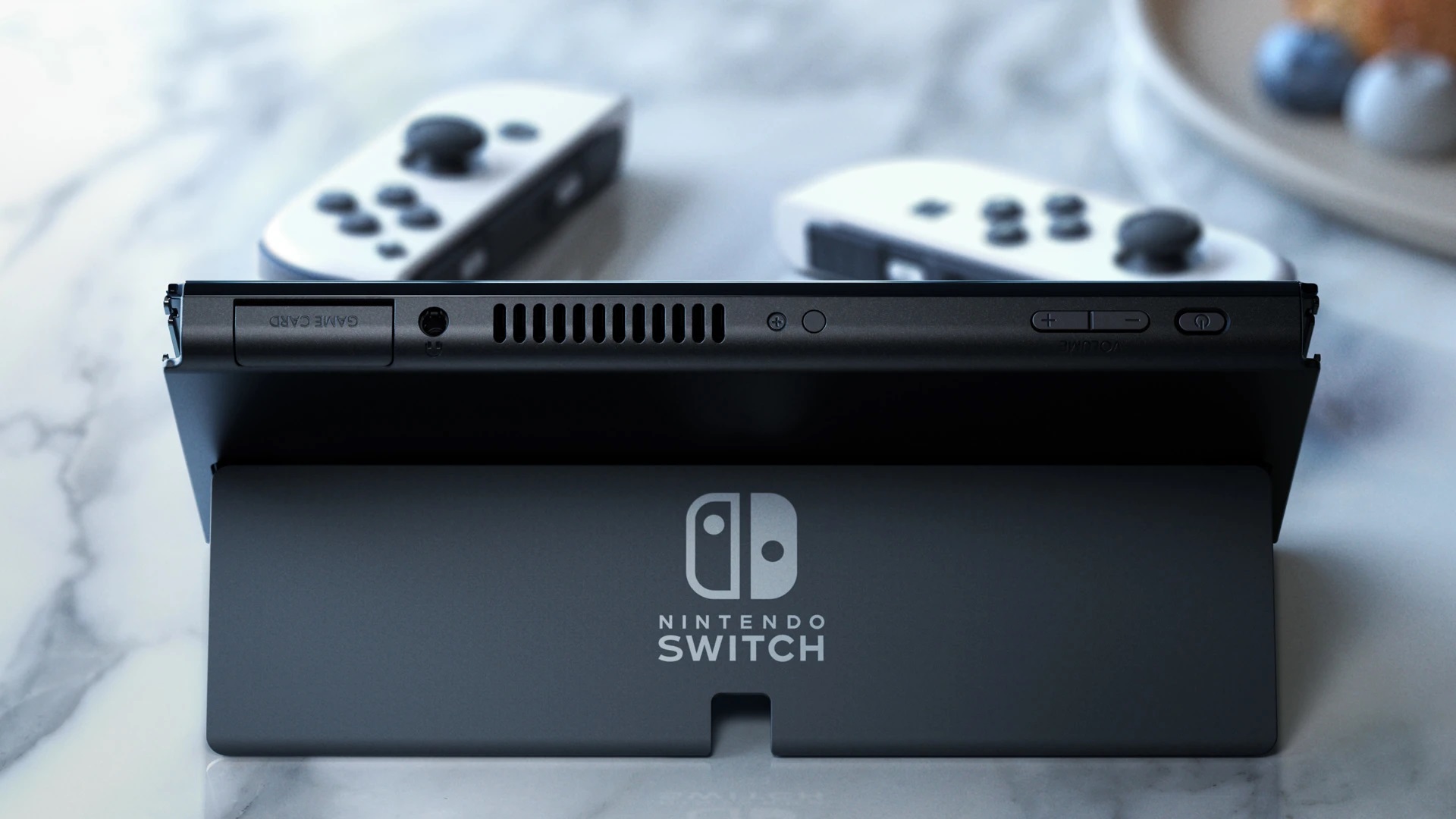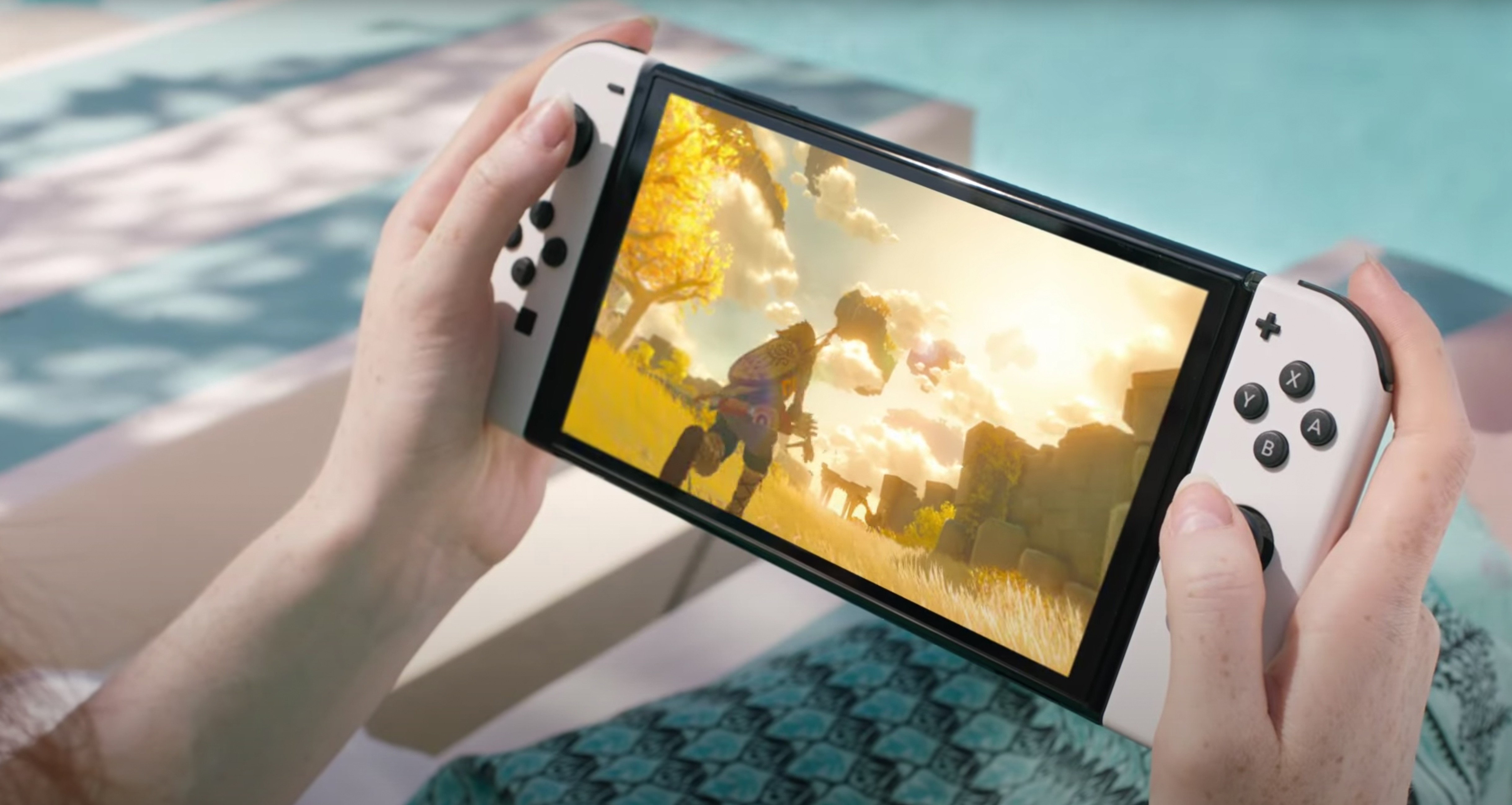
The Nintendo Switch OLED is not the Switch Pro. Apart from the updated OLED screen, better speakers and more adjustable kickstand, the internal specifications are identical to the current Switch, only at a $50 markup.
But Nintendo’s apparent insistence on doing the least amount of work possible butts heads with current consumer expectations. Heck, it even butts heads with expectations from a decade prior, as the Nintendo Switch OLED will seemingly not support Bluetooth headset connectivity. That’s a a feature you’ll find in the PSP Go — which came out a dozen years ago in 2009.
- Nintendo Switch OLED release date, price, specs and new features
- Where to buy Nintendo Switch OLED: how to pre-order and buy\
- Plus: I’ve been playing Scarlet Nexus — and it’s refreshingly straightforward
According to the spec list released by Nintendo, the Switch OLED will feature the same Wi-Fi and Bluetooth chip that’s currently in circulation. The Bluetooth onboard is version 4.1, meaning that it’s more than capable of handling multiple controllers and wireless earbuds. The PSP Go used Bluetooth 2.0 by comparison. For all intents and purposes, Nintendo could implement Bluetooth headset functionality via software but has intentionally opted not to.
The reasons for the omission could be numerous. Headphone frequency might interfere with controller connectivity. It could be that there’s enough of a perceptible lag while gaming that it would be deemed an unconducive experience. Or, despite Bluetooth 5.0 being around since 2016, 4.1 chips were simply the cheapest parts to source, and creating a redesigned motherboard to house a modern 5.2 chip wouldn’t be worth the hassle. Because, you know, Nintendo fans might complain about the lack of support, but they’ll still buy the gaming device.
Regardless of what justifications Nintendo might tell its shareholders, this profit-driven bare-minimum approach the company takes with its hardware revisions creates a mismatched consumer experience that at worst can hobble the storied Japanese game maker, or, at the very least, harm consumer confidence.
Nintendo has a history of prioritizing profit over practicality. And before anyone starts chiming in that Nintendo is a business and has a fiduciary duty to its shareholders, take a moment to consider its cartridge doggedness. With the launch of the Nintendo 64, Kyoto opted to stick with outdated and expensive cartridges over the much cheaper and data-dense compact discs. In doing so, Nintendo was hoping it could have a tight grip on the manufacturing side of its games business, ensuring it would get royalties from third parties as cartridges had to be manufactured by Nintendo. But in picking that strategy, Nintendo bled third-party developers that were more eager to make content for the PlayStation, where CDs could hold 700 megabytes of data as opposed to the N64’s max of 64. Plus, royalties were much cheaper.
If Nintendo had opted for CDs, the superior technology, the Nintendo 64 could have ended up selling a lot more systems. As it currently stands, the N64 pushed around 33 million units globally as opposed to PlayStation’s 102 million.
Sign up to get the BEST of Tom's Guide direct to your inbox.
Get instant access to breaking news, the hottest reviews, great deals and helpful tips.
Also consider the display inconsistencies around the Nintendo 3DS line of handhelds. Some shipped with lesser TN panels. Others had maybe a high quality IPS screen up top, with a TN panel on the bottom. But an elusive few had a dual-IPS configuration, which are now fetching around $500 on eBay. It points to a certain disrespect on part of Nintendo, and its willingness to sell inferior products at the same price. For fans wanting the best 3DS, it was like playing the lottery.

Of course, the lack of Bluetooth on the Switch OLED will not mean a slump in sales. Likely, the system will sell well. But the omission points to a familiar pattern where Nintendo doesn’t try to leap over redesign hurdles, but opts to exit the track and wait at the finish line, instead.
For anyone wanting to make excuses for Nintendo, understand that the company is upselling this device at a $50 premium over the current Nintendo Switch. And it’s not as if rigid OLEDs are costing Nintendo significantly more than LCD displays. Per our reporting, Samsung had lowered display prices for rigid OLEDs in hopes of attracting buyers, as more phones were opting for flexible displays. While likely more expensive, these new displays would not be significantly more. That’s why phones like the sub-$400 OnePlus Nord N10 5G have OLED panels. It’s not unreasonable for consumers to expect greater creature comforts at $350.
While hardcore gamers were looking for a more significant mid-gen refresh of the Nintendo Switch — one that could handle Super Mario 3D World + Bowser’s Fury at above 720p — the Switch OLED isn’t it. And for a company that’s as beloved as Nintendo, it should show more respect for the wishes of its most ardent fans.
Imad is currently Senior Google and Internet Culture reporter for CNET, but until recently was News Editor at Tom's Guide. Hailing from Texas, Imad started his journalism career in 2013 and has amassed bylines with the New York Times, the Washington Post, ESPN, Wired and Men's Health Magazine, among others. Outside of work, you can find him sitting blankly in front of a Word document trying desperately to write the first pages of a new book.

